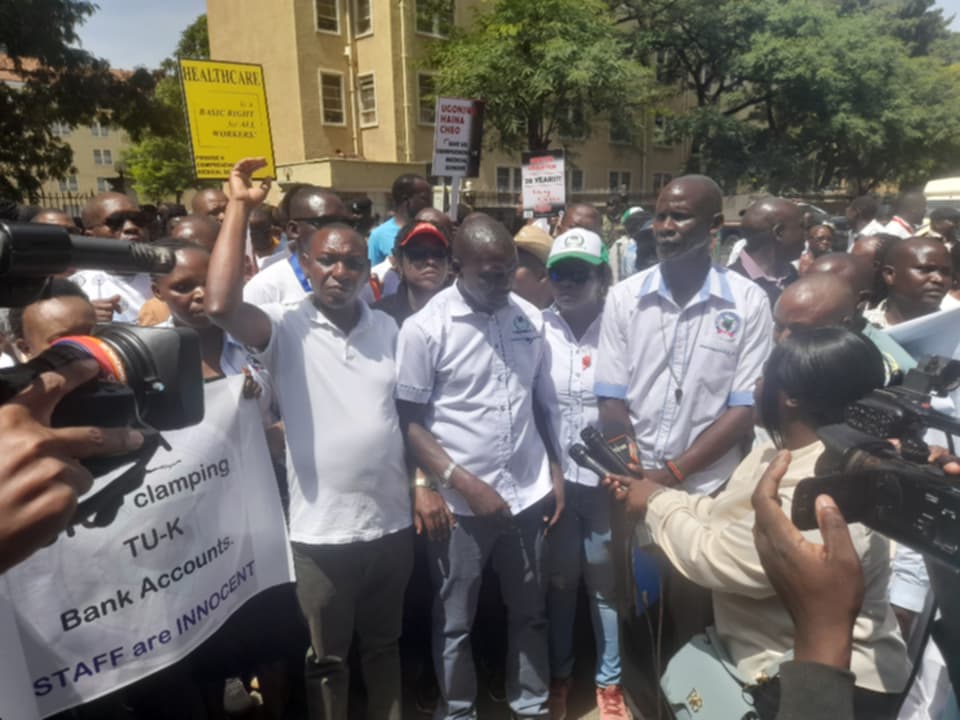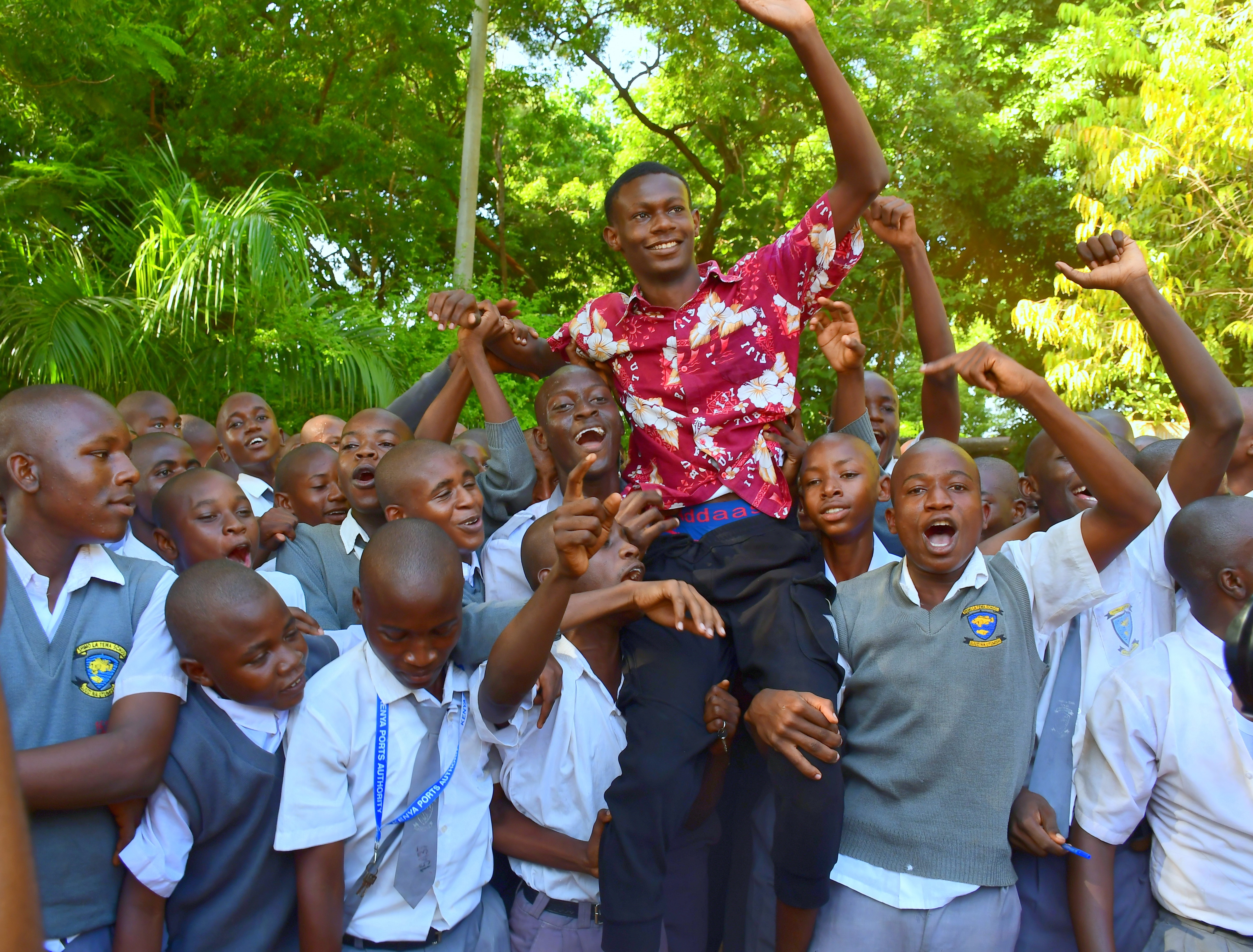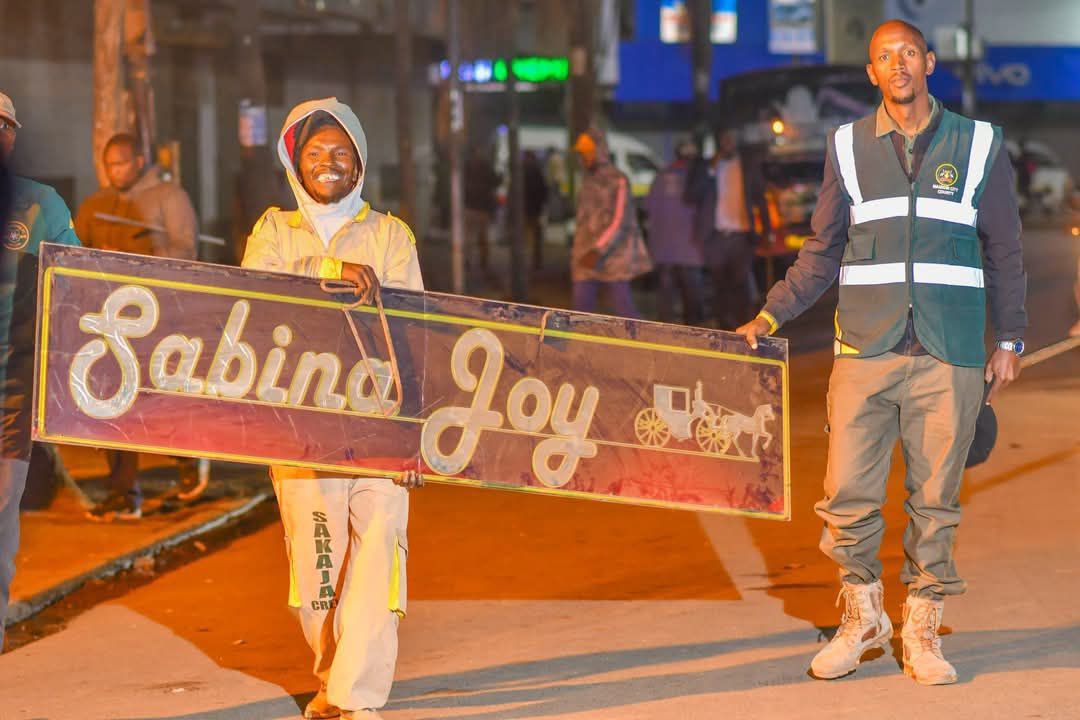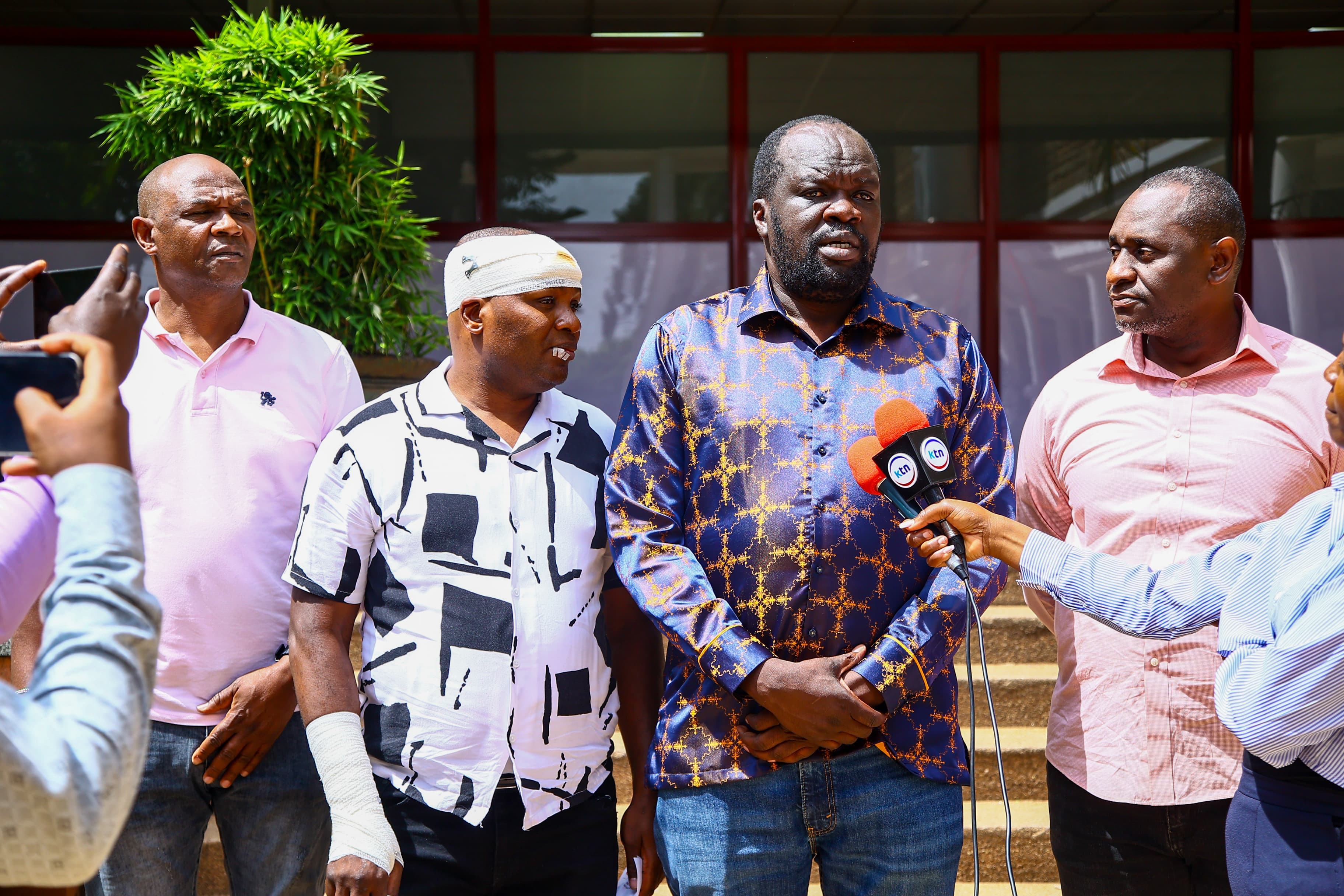Lobby Raises Issue With the Increased Poor Performance in KCSE
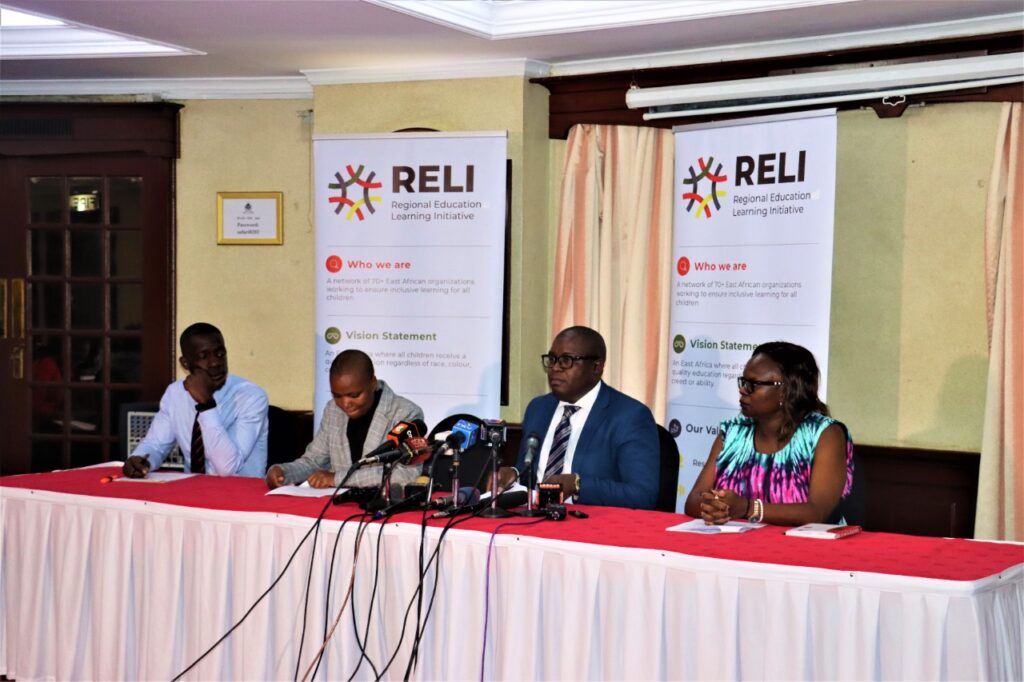
By Martin Masinde
A peer learning initiative and policy influencing network comprising 70 organizations in East Africa has expressed concern after carefully evaluating the recently released KCSE results.
In a press briefing this morning they said,
“We are concerned by the increase in poor performance as evidenced by approximately more than half of the students scoring a D+ and below in the recently released 2021 KCSE results. Education plays a significant role in societal transformation and development.
To facilitate this, progression to university or further training/education must be attained and it depends on the achievements at Kenya Certificate of Secondary Education in form four. Of the 826,807 pupils that sat for the 2021 KCSE, 495,686 scored a D+ and below. This is indicative of a secondary education system that has failed more than half of the students that sat for KCSE.
Further, we note a trend of increased poor performance in KCSE with 67% of pupils in the past four years scoring a mean grade of D+ and below.
We are now faced with the plight of 676,437 students that can not get admission into university and we find ourselves asking the following pertinent questions: Are our TVET institutions equipped to accommodate the large number of students? What happens to the 495,686 students who scored a D+ and below and don’t know where to go from here? How do these students cope with and recover from the stigma associated with failure? These issues need to be addressed as a matter of urgency.”
The organisation also expressed dissatisfaction with the form one admission, “The recently released 2021 KCSE results have greatly contributed to the ongoing form one admission crisis.
A report recently launched by Usawa Agenda clearly shows that the school that a student attends, greatly impacts their KCSE grade.
This is amplified by the witnessed most improved students with the KCPE results as a baseline- Najma Mohammed Hassan who scored 113 marks in her KCPE scored a B in her KCSE.
From the just released KCSE results, parents have monitored and seen the schools that performed well and are doing all they can to ensure their children get admitted into those well performing schools.
Additionally, we saw the CS give a directive that parents can take their children to any school, despite being subjected to an extensive school selection process earlier.
On exam Malpractice the organisation said, “We are concerned with the upward trajectory in examination irregularities witnessed despite government’s heightened measures meant to pre-empt any forms of cheating during National examinations.
During the KCSE examination, there were 441 known cases of examination irregularities.
This is an increase from 2020 cases of 287. These irregularities include: unauthorized materials; mobile phones; impersonation; collusion and; causing disturbance in the examination room.
This ultimately led to the cancellation of the 441 results. What could have led to this, and what are our options?
Evidence shows that transition rates from primary to secondary education have dropped.
In 2021, Education Cabinet Secretary (CS) Professor George Magoha announced that the government had achieved a 98% transition rate of students from Primary to Secondary schools across the country and attributed that to the mop up exercise introduced in August 2021 and carried out across the country by the Ministry of Education officers and a multi-agency team including the Ministry of Interior to ensure students who sat for 2020’s Kenya Certificate of Primary Education took up their places in secondary schools.
However, according to the most recent Economic Survey Report (2022) the Primary to Secondary Transition Rate has declined from 91.0% in 2020 to 78.5% in 2021.
There is an anticipated admission crisis as an estimated 10,000 secondary schools in Kenya are set to receive the 1.2 million candidates who sat the 2021 Kenya Certificate of Primary Education examinations. Already, the CS for Education has expressed concerns over the low form one admissions. We ask the following questions:
What could be going wrong with the implementation of the 100% transition rate?
Is the mop up policy working and how does it address issues of poverty in a vast majority of households that hinders the parents from sending their children to school?
While at it, how sustainable is the mop up exercise and what is being done to entrench norms that support transition?
What practical steps are being taken to ensure the infrastructure in secondary schools is sufficient to accommodate 100% transition for learners including learners with disabilities in Kenya?
Greatly concerned by the many challenges facing Kenya’s secondary education system? Secondary education remains critical in the career paths that young Kenyans can take and not performing well in secondary school has great ramifications for their future.
A recent report by Usawa Agenda notes that the grade a learner obtains in their KCSE examinations is not entirely dependent on their ability and effort and that many factors impact the grade, most of them outside the learners control.
And yet, the learners bear the full responsibility for the grades they obtain.
Lastly the organisation gave the following recommendations:
- Put in place measures to ensure increased good performance in Kenya Certificate of secondary Education (KCSE). Performance of students is a product of socio-economic,psychological and environmental factors. Track schools and regions that consistently underperform to determine the factors behind the poor results and institute remedial measures. In particular, ensure adequate support for public schools which serve a greater share of learners from marginalized and disadvantaged communities including learners with disabilities and learners from poor communities. Further, the government must invest in increasing the pupil teacher ratio and facilitating an enabling environment for secondary school students. Additionally, the government must put in place contingency measures to ensure that TVET institutions are well resourced and equipped to accommodate the bulk of the 2021 KCSE Examination graduates.
- Direct all available resources towards addressing the form one admission crisis as a matter of urgency. Some of these measures include:
● Expand the infrastructure urgently in most schools. School heads can be innovative to use temporary structures as classrooms and dormitories, where possible;
● Is it time that the Ministry of Education instituted the shift system of learning to optimize the available human and infrastructural resources?
● Schools and school heads can work together to enable nearby private schools with low enrolment to accommodate and “adopt” classes or children from the overcrowded public schools.
● What lessons did we learn from COVID-19? Is it time to think critically and implement the notion that learning need not happen in the four walls of a classroom? Implement EDTech solutions in schools to enable blended learning. - Address the critical issues that are affecting the 100% transition rate from primary to secondary school including: the lack of funds to pay school levies, early marriages, long distance to school and lack of interest in schooling. We recommend that the government:
a. Introduces incentives such as additional allocations to the poor to enable them to transition,
b. Implement a contingency plan to increase the infrastructure in secondary schools to be able to accommodate the large number of pupils transitioning from primary schools.
c. Engage parents and the general public in the mop up exercise for awareness and also to have a sustainable structure of tracking transitions from the household level. - A multi-sectoral approach be implemented to curb examination irregularities bringing together the Ministry of education, KNEC personnel, teachers, school leadership, parents, the community and candidates.People handling examination material of any kind, must be trained on integrity and examination ethics so that the standards of our examination and quality of the education system are safeguarded. The high number of irregularities in the 2021 KCSE results should be a lesson and we should ensure that we avoid a replication of the same come December 2022.
This multisectoral approach must involve the change of attitudes of both parents and teachers to begin to accept what their children achieve at the end of an education cycle. This will reduce the temptation of parents to buy examination papers from unscrupulous people out there. If teachers, headteachers reduce their fixation on the mean score, they will be at ease with their schools achievements. - The Government should address all the issues mentioned facing our secondary education system including allocating resources to bridge the 26% gap of qualified teachers and ensure each publicly funded secondary school has sufficient TSC certified teachers.

